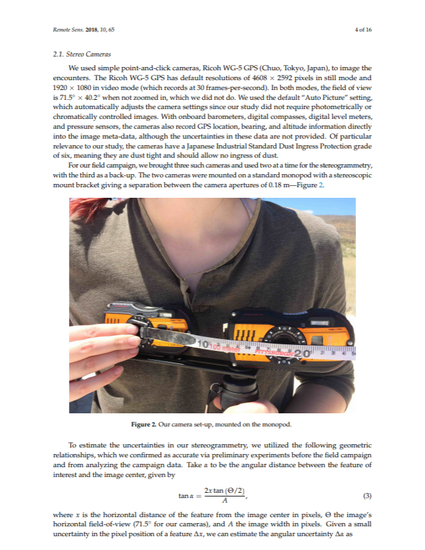
Dust devils are low-pressure, small (many to tens of meters) convective vortices powered by surface heating and rendered visible by lofted dust. Dust devils occur ubiquitously on Mars, where they may dominate the supply of atmospheric dust, and since dust contributes significantly to Mars’ atmospheric heat budget, dust devils probably play an important role in its climate. The dust-lifting capacity of a devil likely depends sensitively on its structure, particularly the wind and pressure profiles, but the exact dependencies are poorly constrained. Thus, the exact contribution to Mars’ atmosphere remains unresolved. Analog studies of terrestrial devils have provided some insights into dust devil dynamics and properties but have been limited to near-surface (few meters) or relatively high altitude (hundreds of meters) sampling. Automated aerial vehicles or drones, combined with miniature, digital instrumentation, promise a novel and uniquely powerful platform from which to sample dust devils at a wide variety of altitudes. In this article, we describe a pilot study using an instrumented quadcopter on an active field site in southeastern Oregon, which (to our knowledge) has not previously been surveyed for dust devils. We present preliminary results from the encounters, including stereo image analysis and encounter footage collected onboard the drone. In spite of some technical difficulties, we show that a quadcopter can successfully navigate in an active dust devil, while collecting time-series data about the dust devil’s structure.
This document was originally published in Remote Sensing by Multidisciplinary Digital Publishing Institute (MDPI). This work is provided under a Creative Commons Attribution 4.0 license. Details regarding the use of this work can be found at: http://creativecommons.org/licenses/by/4.0/. doi: 10.3390/rs10010065
Available at: http://works.bepress.com/brian_jackson/42/
